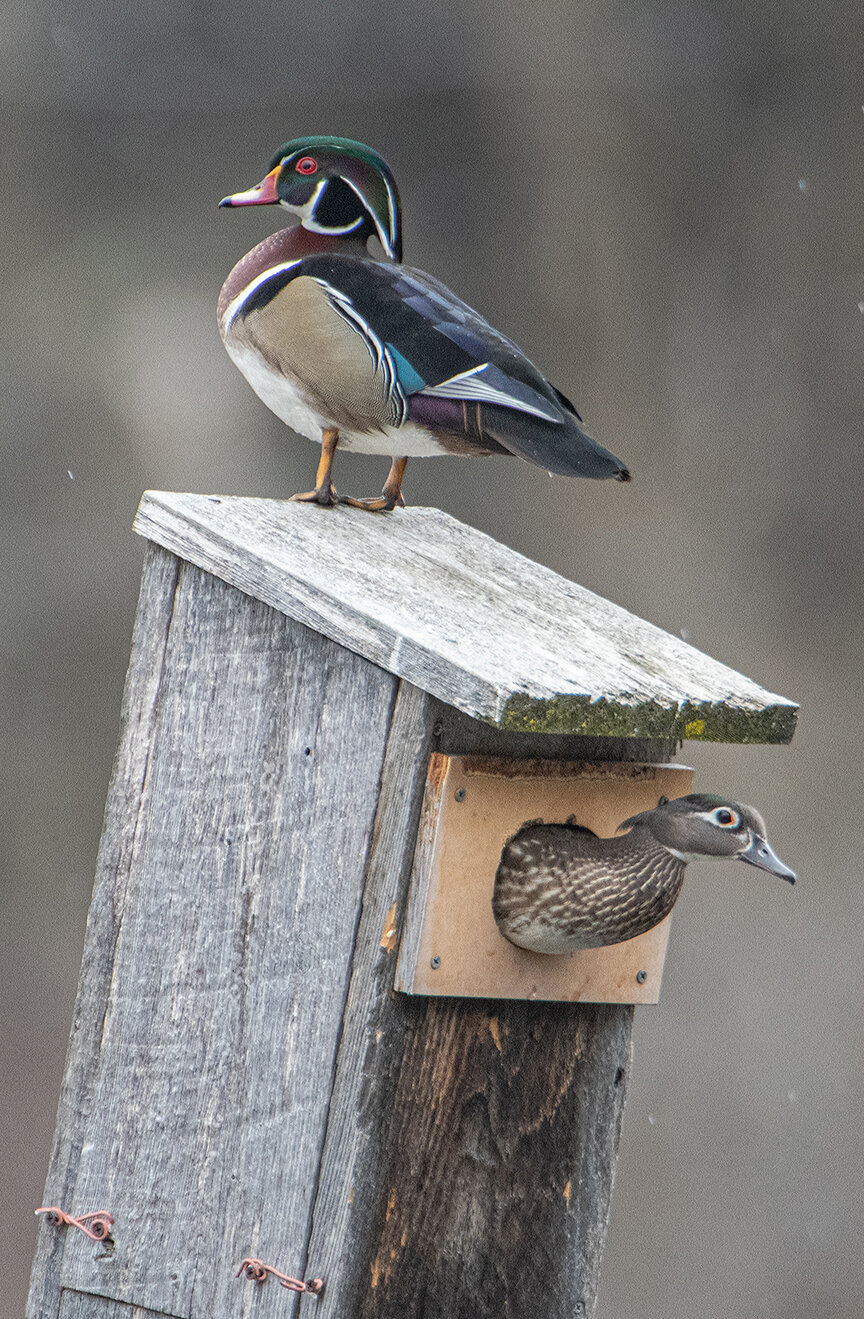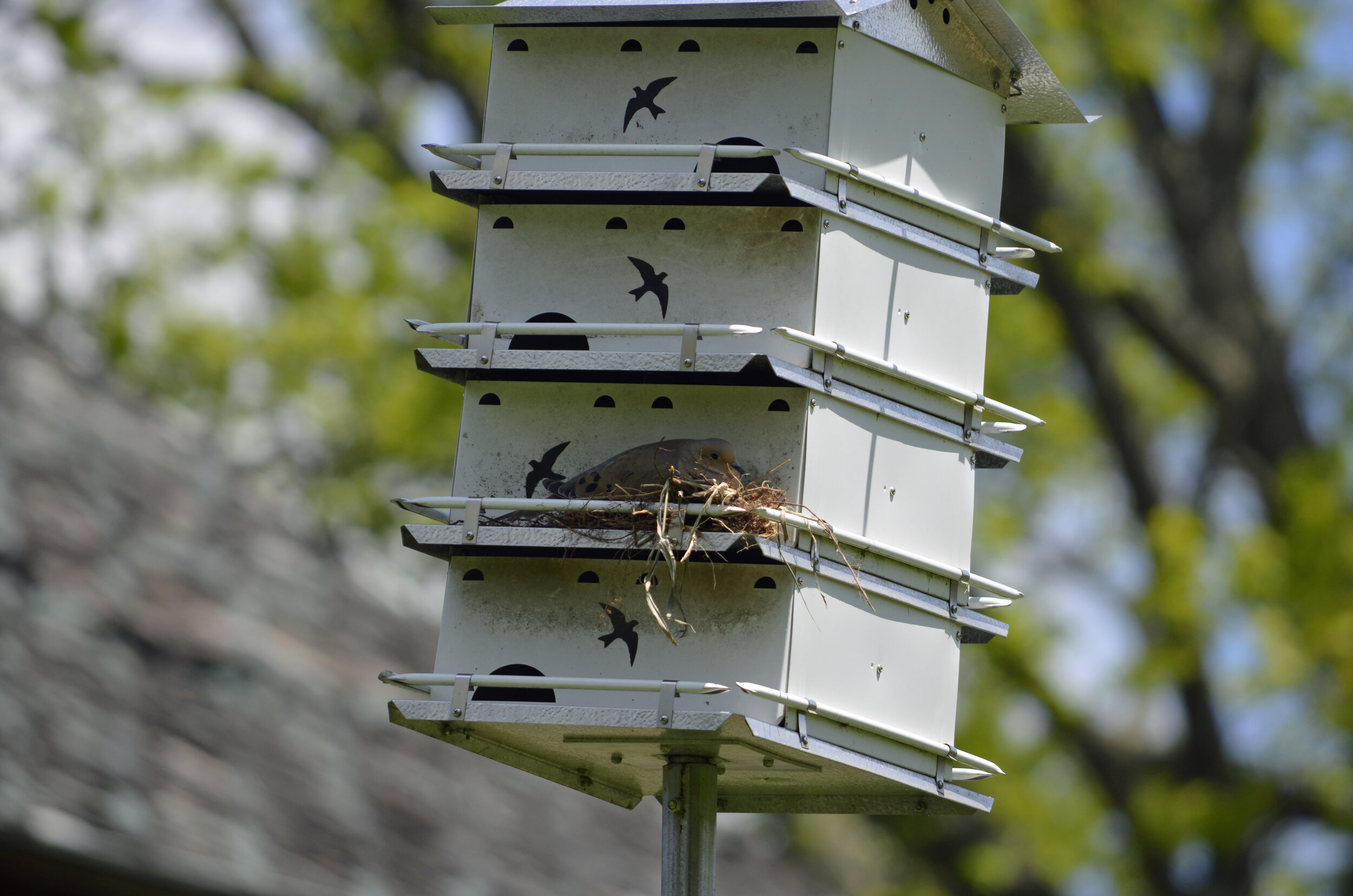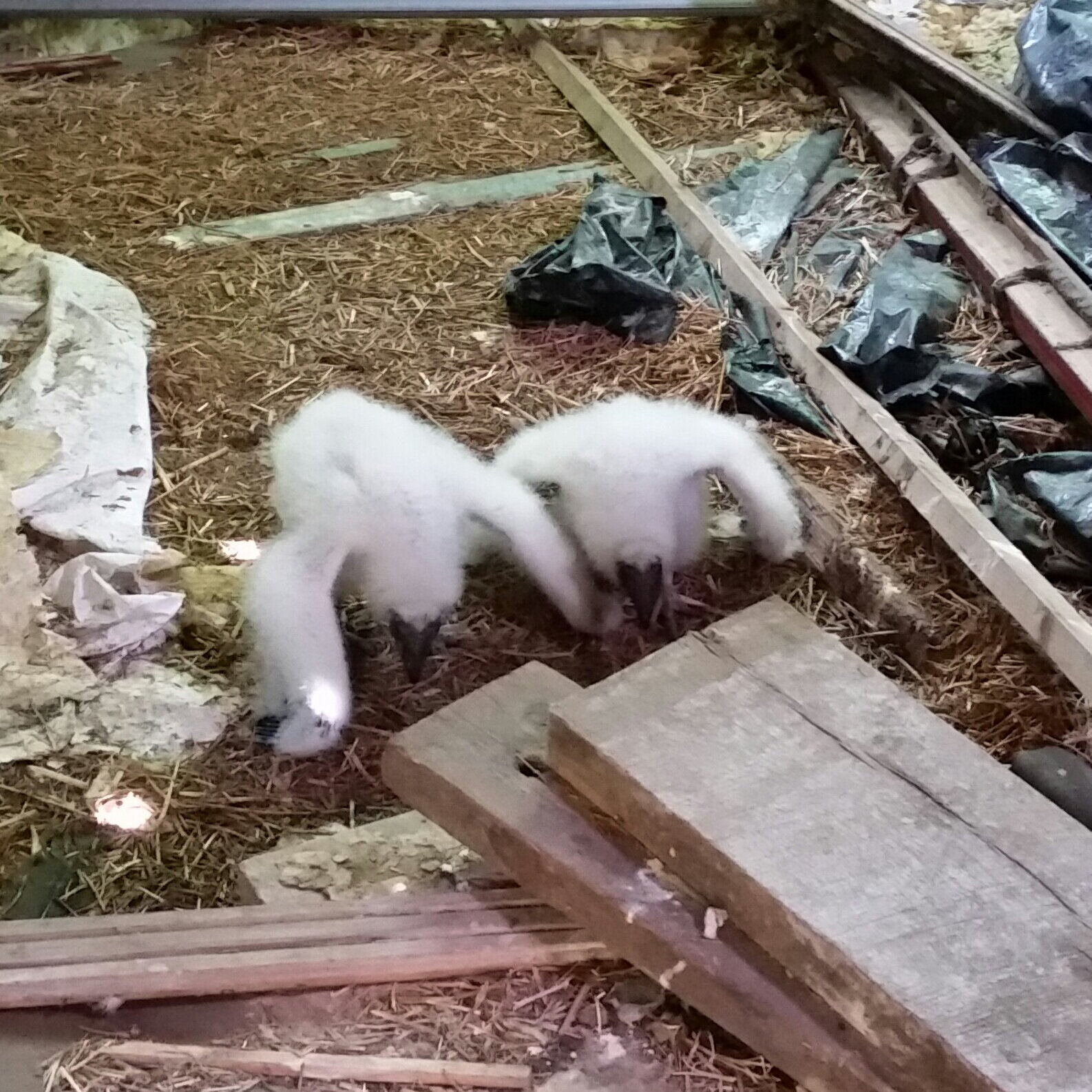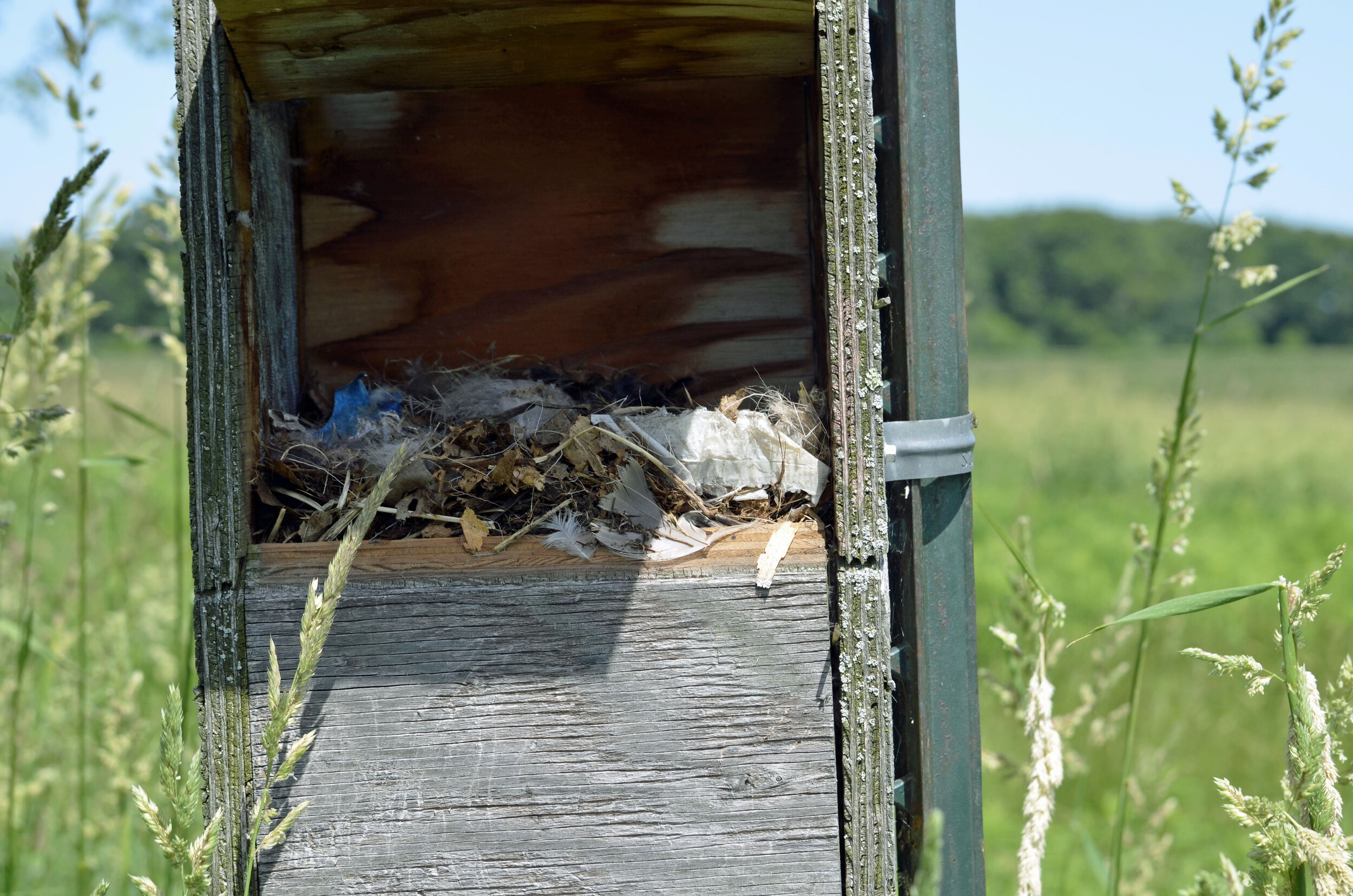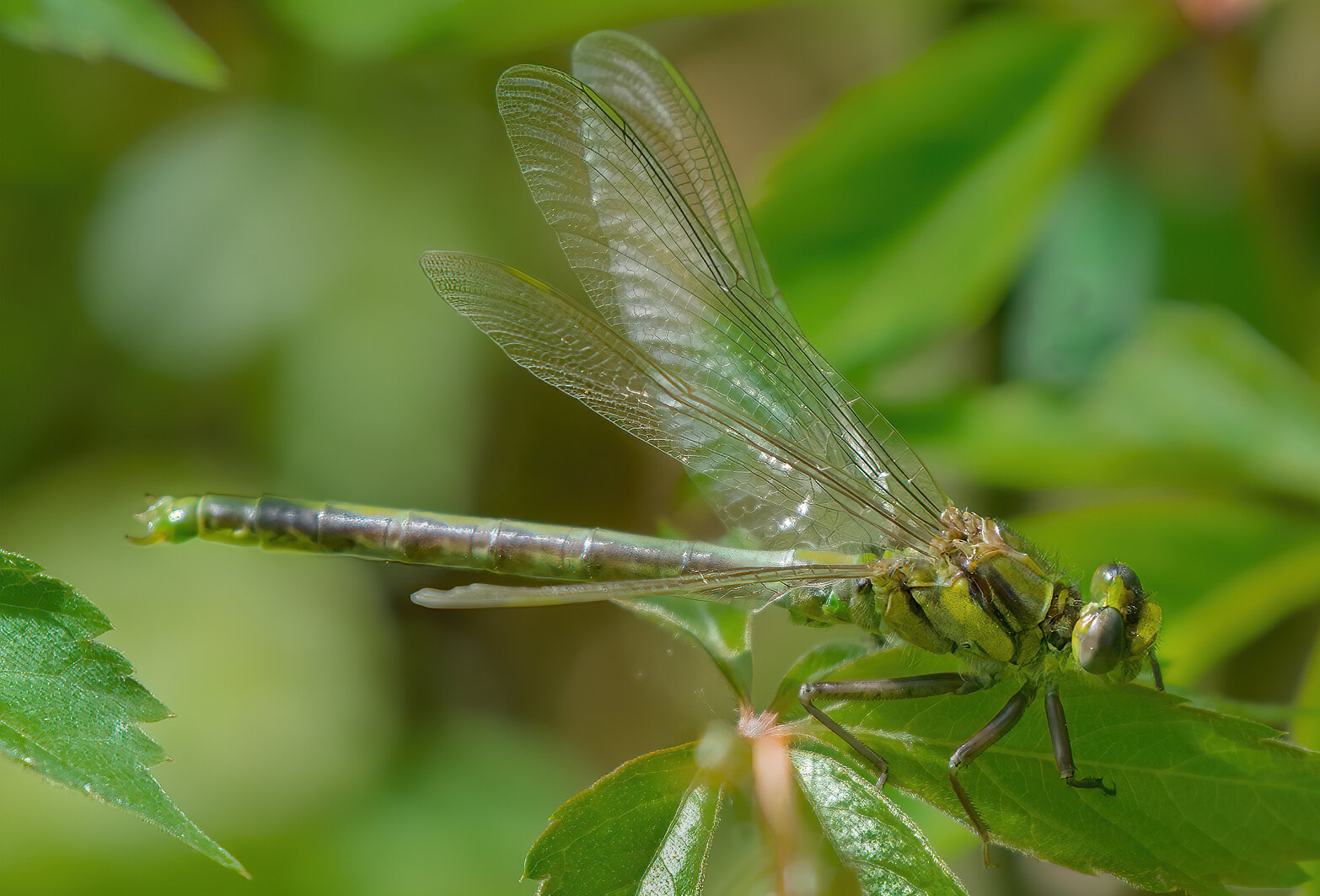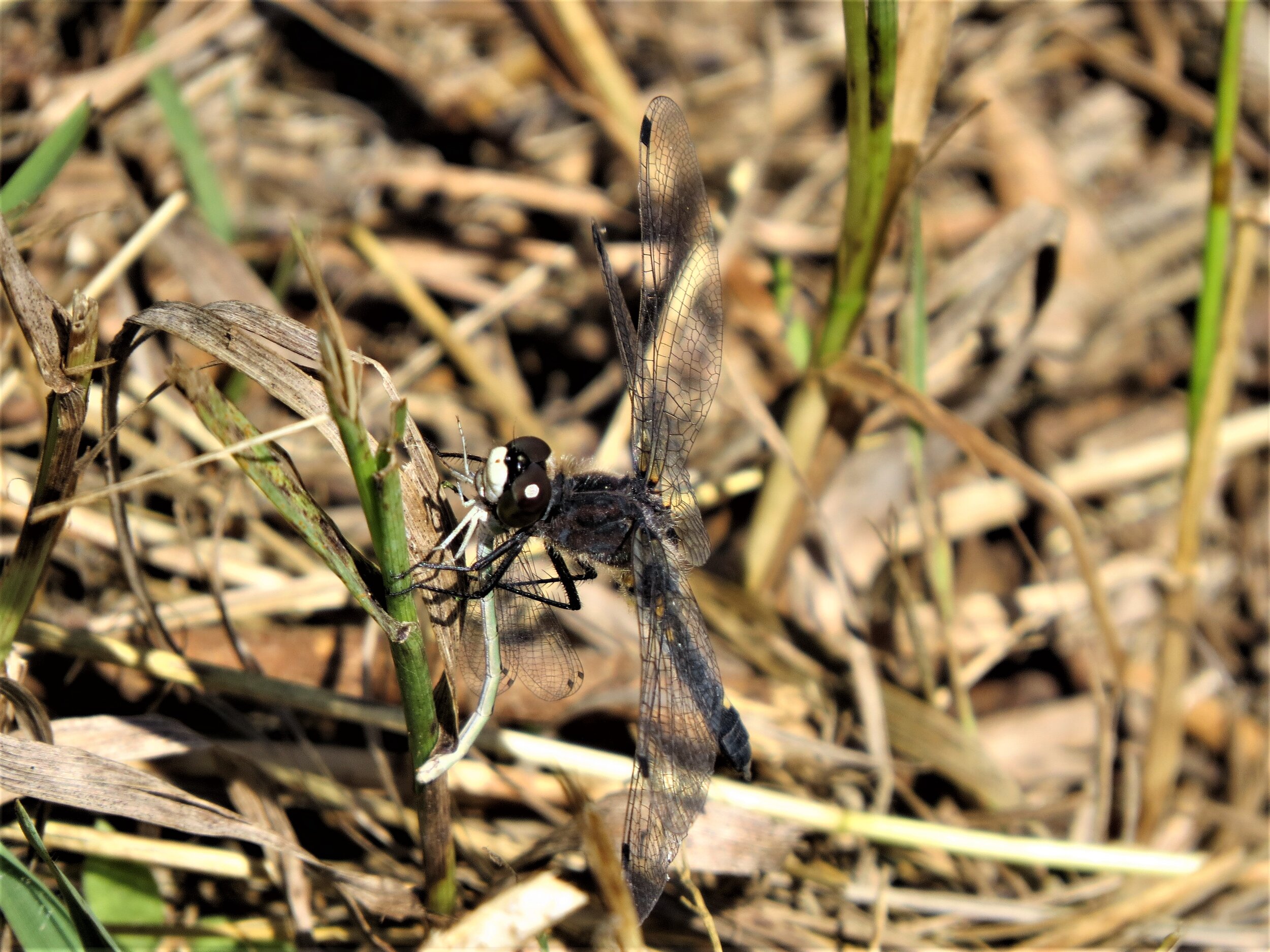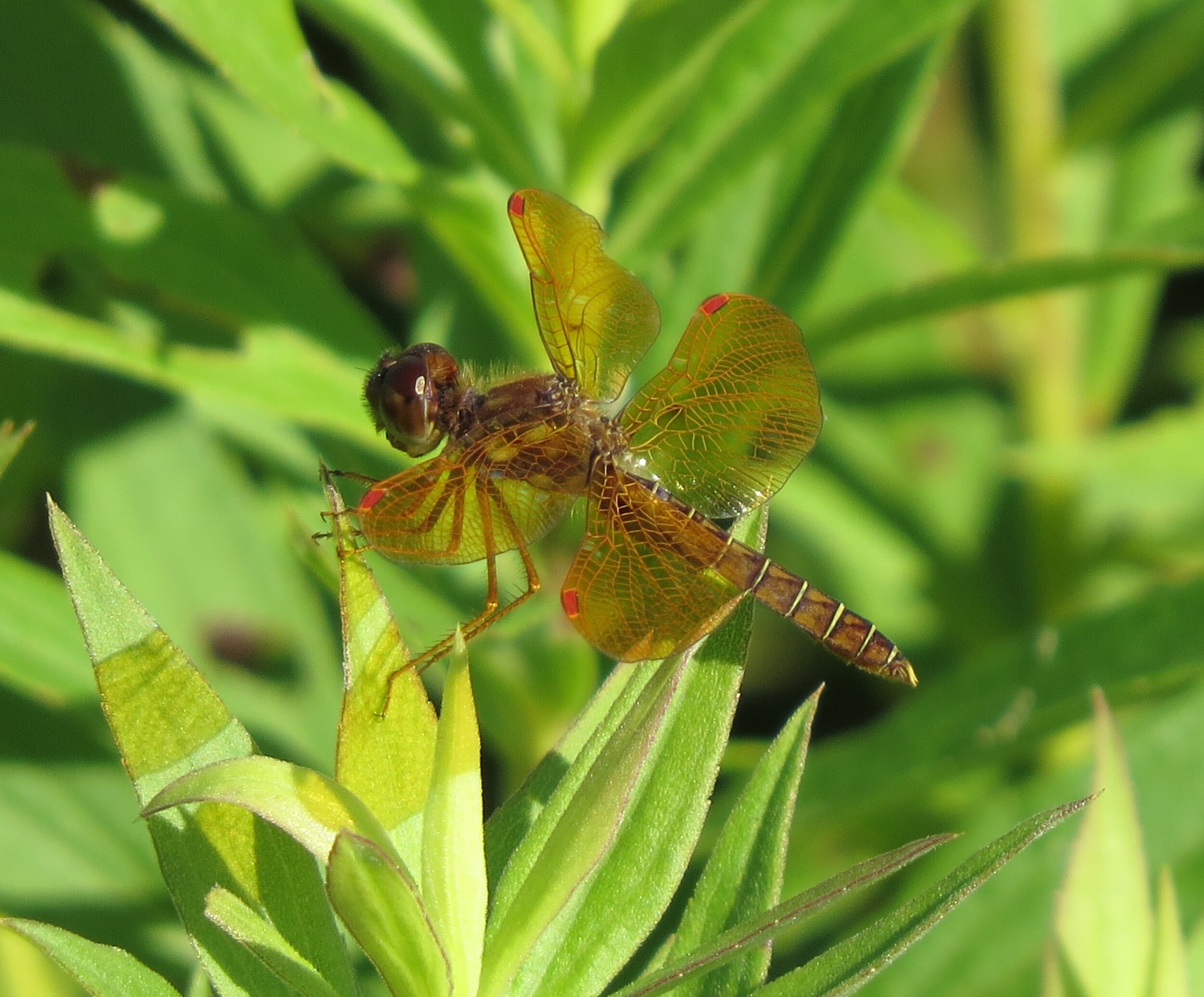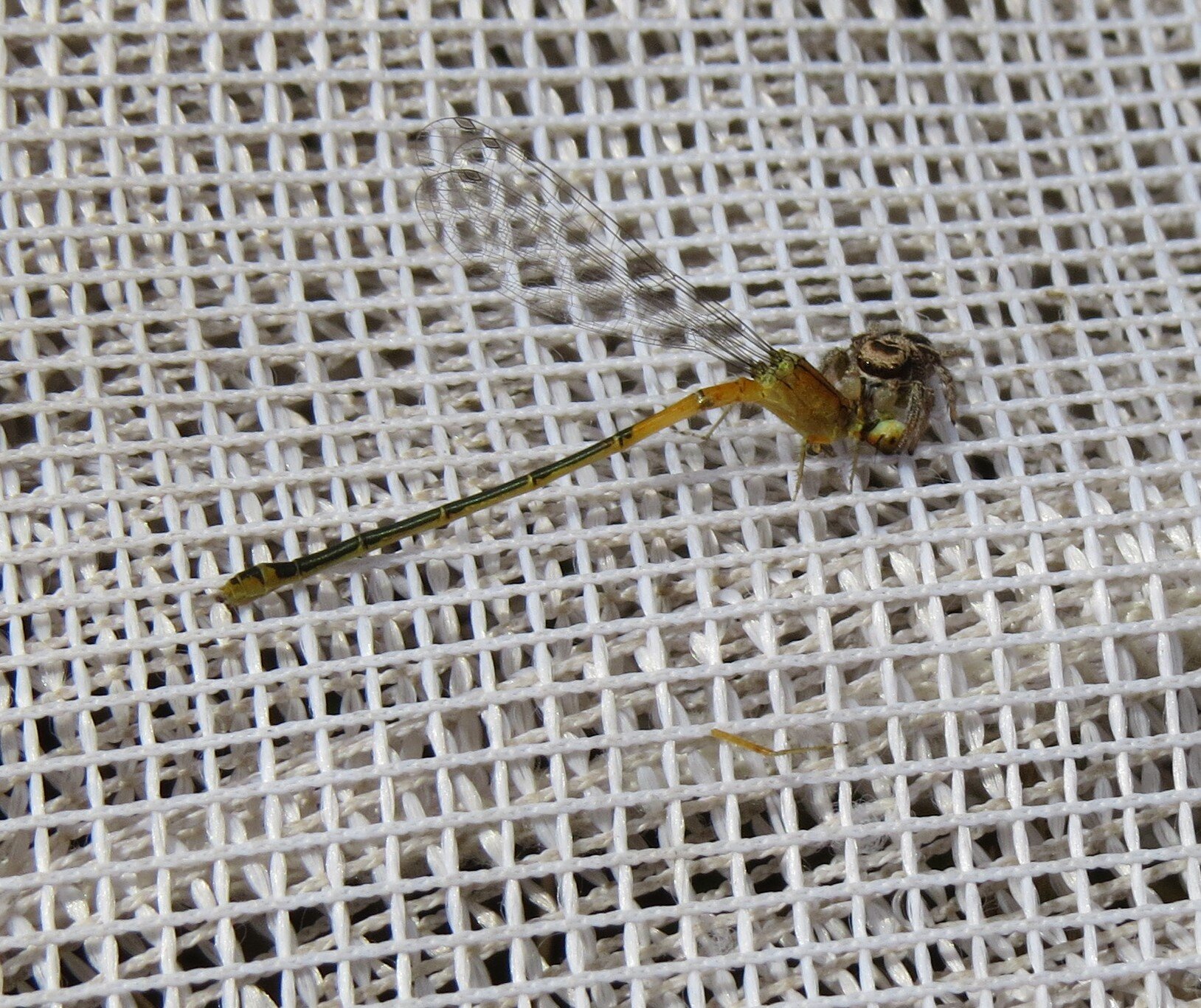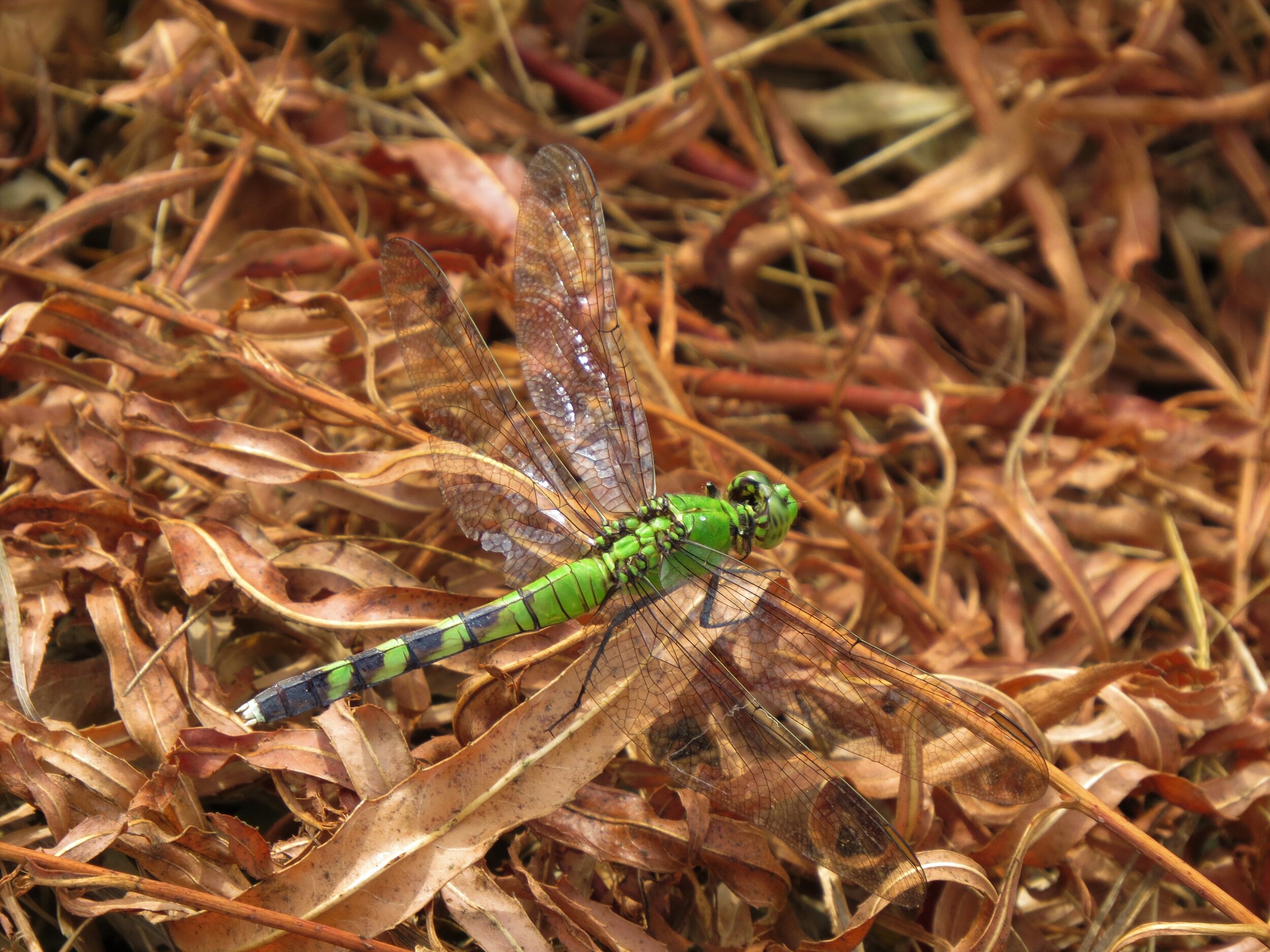Birds Found Using Man-made Structures and Earthworks in Columbia County Breeding Bird Atlas II
The statewide Breeding Bird Atlas II ran from 2015-2019. During that time many atlasers spent hundreds of hours documenting breeding birds in Columbia County and ended by confirming 139 nesting species.
There were a number of interesting nesting reports and we thought it would be nice to examine what species were found using human-made structures and earthworks. Usually one expects that all the birds would be nesting in nest boxes, however that is not always the case. After the five year study, 31 species found nesting in structures or earthworks.
Wood Duck and Hooded Mergansers were found in duck nest boxes and also in kestrel nest boxes. Volunteers Bob and Gerry Benicoff were monitoring kestrels boxes at Schoeneberg Marsh Waterfowl Production Area with their cell phone and were surprised to find a Wood Duck in one box and a Hooded Merganser in another box. Mark and Jenny McGinley monitor 16 Goose Pond duck boxes at Schoeneberg Marsh but it appears in some years that there are more nesting pairs of ducks than nest boxes.
Rock Pigeons are common nesters around farm yards in buildings and silos. Bill Smith found pigeons nesting on the I-94 bridge over the Wisconsin River near a Peregrine Falcon nest. Mourning Doves were found nesting in open buildings and Mark and other atlasers were surprised to find a pair of doves nesting on the porch of a Purple Martin box.
Mourning Dove nest. Photo by Mark Martin
It is not hard to know what structure Chimney Swifts nest in. A new nesting structure was discovered when Michael John Jaeger found a pair nesting in an unused cement silo.
Black Terns are the only terns to nest in Columbia County and we found terns nesting on Black Tern nesting platforms that we constructed and helped DNR place in large wetlands.
In the 1980’s when Mark and Sue helped Mike Mossman and Liza Hartman wing tag and monitor Turkey Vultures we only thought that they nested on the ground in rock outcrops in the Baraboo Hills. In the atlas project Kelly Mcquire with DNR reported a pair nesting in a neglected barn (see photos below). Brand Smith and Mark found a pair nesting in the ground floor of an old barn. JD Arnston confirmed a pair nesting in a large grain silo in Portage while Vernon Herr had vultures nest in a treehouse that his son built for Vernon's grandchildren. Vernon enjoyed seeing vultures around his yard. Many hunters erect elevated hunting stands and those that are open on top can be used by nesting vultures. Photos below by Kelley Mcquire.
In the first Breeding Bird Atlas no Ospreys nested in Columbia County. However in the second atlas about 18 pairs of Osprey were confirmed nesting, all on man-made structures. Structures included communication towers, nesting poles/platforms erected by the Fish and Wildlife Service; powerline poles, especially those with V supports and poles that the American Transmission Company placed nesting platforms on to. The most unusual location was an osprey nest on the stadium flood lights at the Pardeeville High School.
Osprey nest on top of Pardeeville High School Stadium Lights. Photo by Mark Martin
Osprey nest. Photo by Nydia Kien
In two years we found a pair of eastern Screech Owls nesting in a kestrel box along a roadside. If the box was in a white oak woods we would call it a Screech Owl nesting box.
The only woodpecker we found nesting in an electric pole was a Pileated Woodpecker.
American Kestrels usually nest in cavities including nest boxes, however one year at Goose Pond we also found them nesting in the top of our barn at the Kampen Road residence.
An American Kestrel in a nest box with eggs. Photo by Pat Ready
In addition to the Peregrine Falcons that nested on the I-94 bridge they also nested every year in a nest box placed on a stack at the Portage Power Plant. Historically peregrines nested in the rock wall at Gibraltar Rock State Natural Area.
Eastern Phoebes are known for building nests in ledges or beams on buildings. During the atlas we also found them nesting in a duck hunting blind, while Brand Smith found a pair nesting on an air conditioning unit of a truck trailer.
JD Arnston and Mark were surprised one day while walking along a wetland berm and when they saw a Great Crested Flycatcher fly out of a nest box. It was easy to open the box and confirm a nest.
Great Creasted Flycatcher nest in a wood duck box. Photo by Mark Martin
Members of the swallow family all nest in man-made structures. Purple Martins are entirely dependent on Purple Martin nest boxes and plastic and home grown gourds. Tree Swallows readily use songbird, duck, and Purple Martin nest boxes.
Paul and Glenna Schwalbe observed a pair of Northern Rough-winged Swallows trying to nest in a vent from the neighbors clothes dryer. They then erected a PVC nesting tube on their house that the rough-winged use every year. We erected a PVC nesting tube below an elevated deer stand and the swallows also found and used that. Brand Smith found rough-winged nesting in pipes of a “parked” truck trailer, shown below.
Truck trailer nesting site. Photo by Brand Smith
Cliff Swallow, called Eave Swallows by the Amish, these birds nest under bridges and under the eaves of buildings. One Amish family pointed out the 2 x 4s they erected under the barn roof to help the Eave Swallows attach their nest to the barn.
“Eaves Swallows,” as they’re called by some in the Amish community, or Cliff Swallows, nesting under the barn eaves.
Barn Swallows like to nest in barns and on objects like light fixtures on buildings. At Goose Pond we erected Barn Swallow nest cups that they used. In the Jungemann Barn at the Kampen Road residence, we pound three nails close together in a triangle on the barn beams to help support their nests.
Black-capped Chickadees sometimes nest in songbird nest boxes. When we find a newly built nest we place a smaller one inch diameter hole template over the entrance to eliminate competition from tree swallows.
The only White-breasted Nuthatch found nesting in a box was in a flying squirrel nest box that we have on our Wildland property.
Our “friends”, the House Wrens, nest in songbird, duck, and Prothonotary Warbler nest boxes. We found House Wrens nesting in the cap on a propane tank and in shopper stopper boxes.
House Wren nest in a propane tank cap. Photo by Mark Martin
A favorite bird to erect a house for is the Eastern Bluebird that also can nest in kestrel boxes. Thanks to members of the Bluebird Restoration Association of Wisconsin for helping increase the number of bluebirds in Wisconsin.
American Robins are also known for building nests on supports of buildings or below window supports.
European Starlings and House Sparrows. Starlings nest in buildings, and in kestrel and duck nest boxes. House Sparrows also nest in buildings and in songbird and kestrel nest boxes.
House Finches, a new species to Wisconsin since the 1950’s, like to nest around houses and other buildings and in hanging flower pots,
Prothonotary Warblers are only found nesting in floodplain forests along the Wisconsin River in Columbia County. Two landowners southwest of Portage have erected many Prothonotary nest boxes and have had great success.
Killdeer with eggs amongst the gravel. Photo by Mick Thompson
Four species were found nesting in man-made earthworks: everyone is familiar with Killdeers that like to nest in gravel areas including the parking area at the Kampen Road residence and in our parking lots. Belted Kingfishers, Bank Swallows, and Northern Rough-winged Swallows were found nesting in quarries or man made bank cuts. Near one large wetland reserve parcel we found three pairs of Kingfishers nesting in the banks of adjacent quarry.
This is a good time of the year to construct and erect nest boxes for our feathered friends. The web is full of information on nest box plans for many species of birds including BRAW’s website for bluebirds.
John Jurgerson, Purple Martin Landlord
John and his Purple Martin nestbox. Photo by Mark Martin
If there was an award for dedication and patience for people that erect nest boxes it would go to John Jurgerson from Rio. John and his father made and erected Purple Martin nest boxes beginning in the 1970s. In the 1980s, John purchased tapes with the “dawn song” to attract Purple Martins. He has worn out a number of boomboxes that now play CDs of the dawn song from before dawn until sunset.
Since that time, John had just one pair of purple martins lay one egg in 1992 that did not hatch. John is dedicated and has patience!! For decades, John has maintained at least three large martin boxes and one or two gourd racks. For many years, he has attracted a few sub-adult martins that nest later than the older adults, and still none nested.
Last year, he was rewarded to have three sub-adults around all summer in addition to some birds that visited for a few weeks. A female and male were banded, likely by Dick Nikolai with Madison Audubon’s assistance, at Amish Purple Martin landlords in the northern part of Columbia County. The banded female and the unbanded male nested in his T14 nest box and raised four young. When not working around the yard, John could be found in a chair watching his martins along with Wood Ducks, Hooded Mergansers, House wrens, and Tree and Barns Swallows that nest on his property. His brother Jerry helps maintain all the other nest boxes.
If you see a person in Columbia County wearing a purple, “Purple Martin landlord shirt”, stop and visit with John.
Written by Mark Martin and Susan Foote-Martin, resident managers, Goose Pond Sanctuary
Cover photo by Mark Martin



